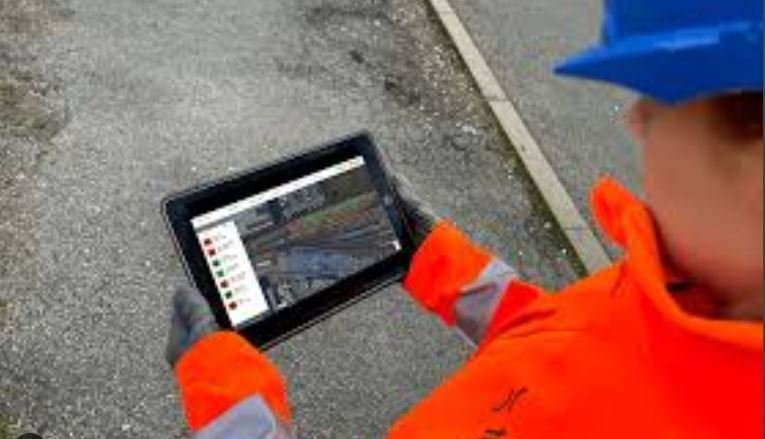Rail safety and technological advancements play a critical role in ensuring the secure and efficient operation of rail networks. As railways continue to evolve, innovative technologies are being implemented to enhance safety measures, improve efficiency, and meet the growing demands of modern transportation. By integrating advanced systems, railways are creating a safer, more reliable, and future-proof travel experience.

Enhancing Safety with Automation
Automation has revolutionized rail safety by minimizing human error and improving operational efficiency. Automated systems such as Positive Train Control (PTC) have been instrumental in preventing accidents caused by speeding, signal violations, and track issues. PTC systems automatically slow down or stop trains if they exceed safe speeds or approach dangerous sections of the track. For instance, automated train operation (ATO) systems enable real-time monitoring and intervention, ensuring that trains adhere to safety protocols. These innovations reduce the likelihood of accidents and improve the overall reliability of rail networks.
Predictive Maintenance and AI Integration
Predictive maintenance, driven by artificial intelligence (AI) and data analytics, is another technological advancement transforming rail safety. AI-powered sensors continuously monitor the condition of tracks, trains, and infrastructure, identifying potential problems before they become critical. By analyzing vast amounts of data, predictive maintenance systems can detect wear and tear, signaling malfunctions, and other technical issues in advance. For example, sensors installed on train components can alert operators to maintenance needs, reducing the risk of equipment failure. This proactive approach not only enhances safety but also reduces downtime, improving efficiency and reducing costs.
Smart Signaling and Communication Systems
Smart signaling and communication systems are vital to improving rail safety and optimizing train operations. Advanced signaling technologies, such as the European Train Control System (ETCS), provide real-time communication between trains and control centers. These systems monitor train movements and ensure that trains operate at safe distances from each other. For instance, digital signaling technologies enable precise tracking of train positions, reducing the risk of collisions and increasing the capacity of rail networks. Additionally, advanced communication systems facilitate rapid response in emergencies, improving overall safety and operational efficiency.
Cybersecurity in Rail Networks
As rail networks become more digitally connected, cybersecurity is essential for maintaining safety and preventing cyber threats. Rail systems increasingly rely on digital platforms for communication, signaling, and automation, making them vulnerable to cyberattacks. To address this risk, rail operators are implementing robust cybersecurity measures to protect critical infrastructure and ensure safe operations. For example, encrypted communication channels, secure access controls, and real-time threat monitoring systems are being deployed to safeguard rail networks from cyber threats. Strengthening cybersecurity is crucial for ensuring the safety and reliability of modern rail systems.
The Role of Drones in Rail Safety
Drones are playing an increasingly important role in rail safety by enabling efficient and cost-effective monitoring of rail infrastructure. Equipped with cameras and sensors, drones can inspect tracks, bridges, and tunnels for structural integrity and potential hazards. This technology allows for faster and more accurate assessments of hard-to-reach areas, reducing the need for manual inspections and minimizing disruptions to train operations. For example, drones can identify issues such as track defects or fallen debris in real-time, allowing for immediate intervention and preventing accidents. The use of drones enhances safety while reducing operational costs and improving maintenance efficiency.
Conclusion
In conclusion, technological advancements are revolutionizing rail safety, making rail travel safer, more reliable, and efficient. From automation and predictive maintenance to smart signaling and cybersecurity, innovative technologies are addressing safety concerns and improving overall rail operations. As rail networks continue to evolve, embracing these advancements ensures a safer and more resilient transportation system for the future.



